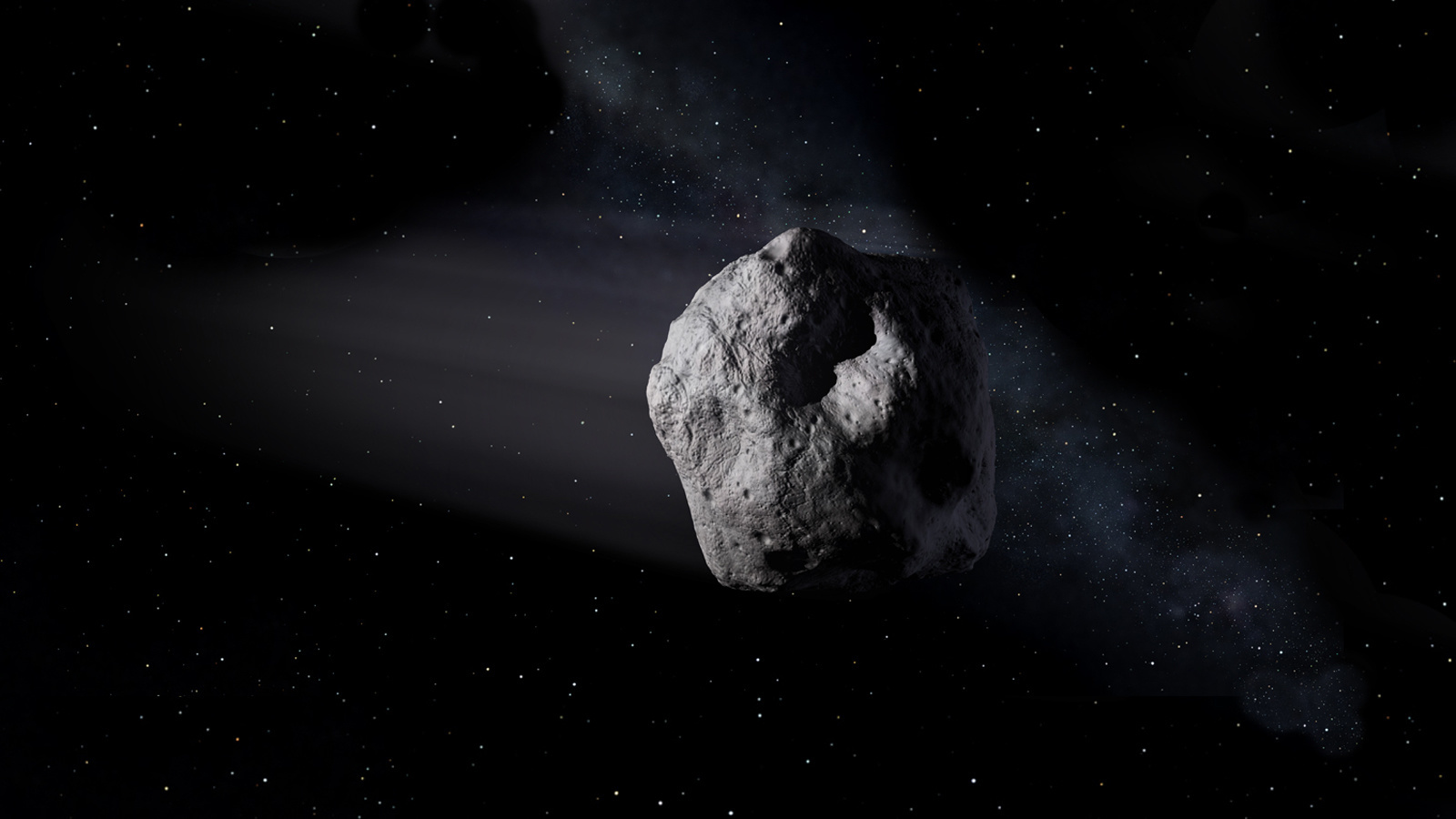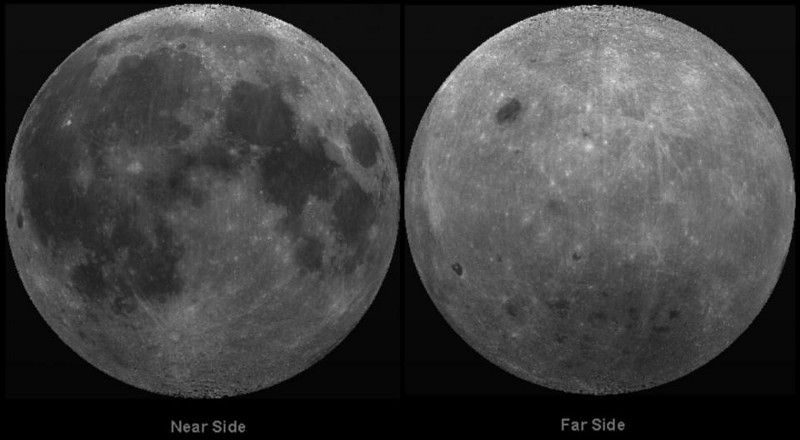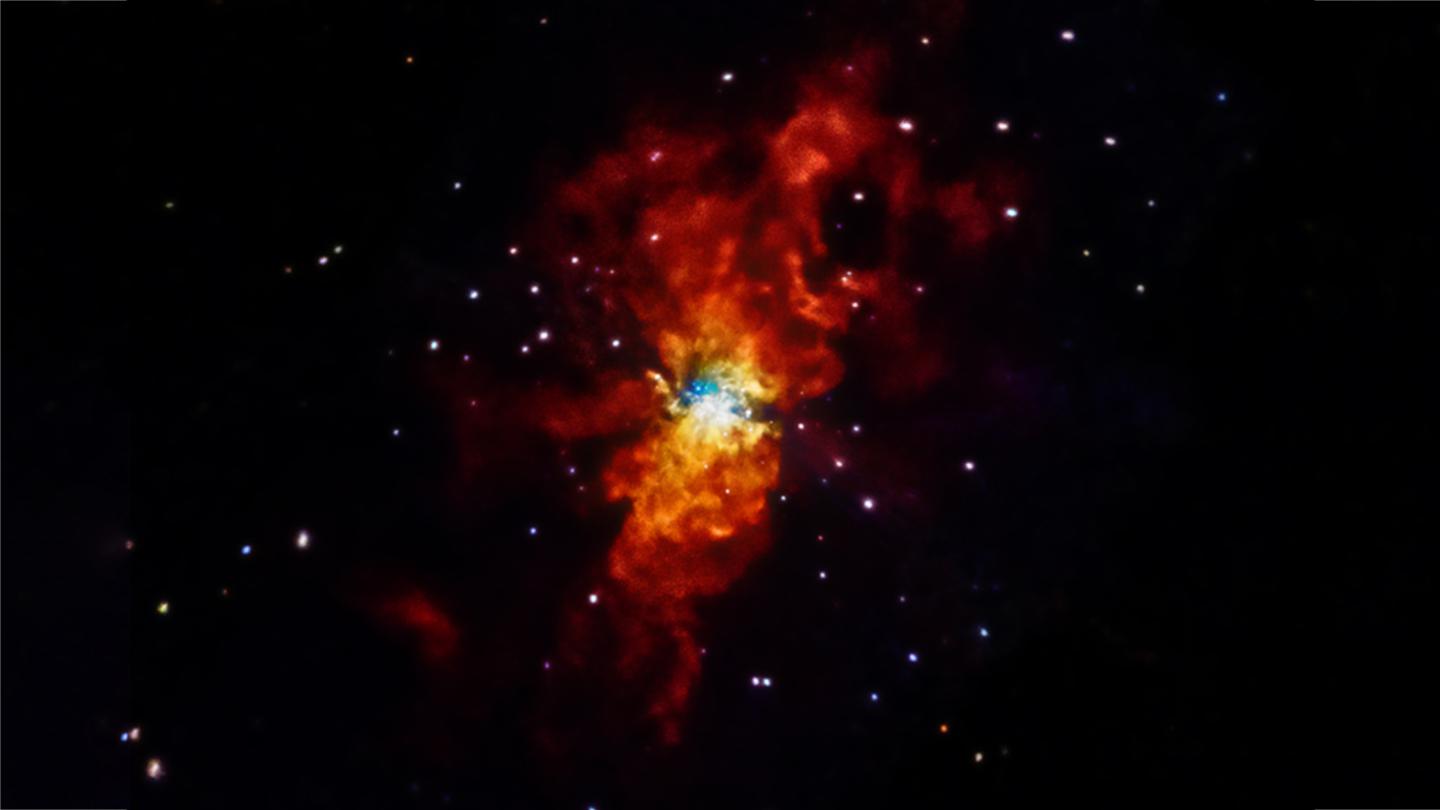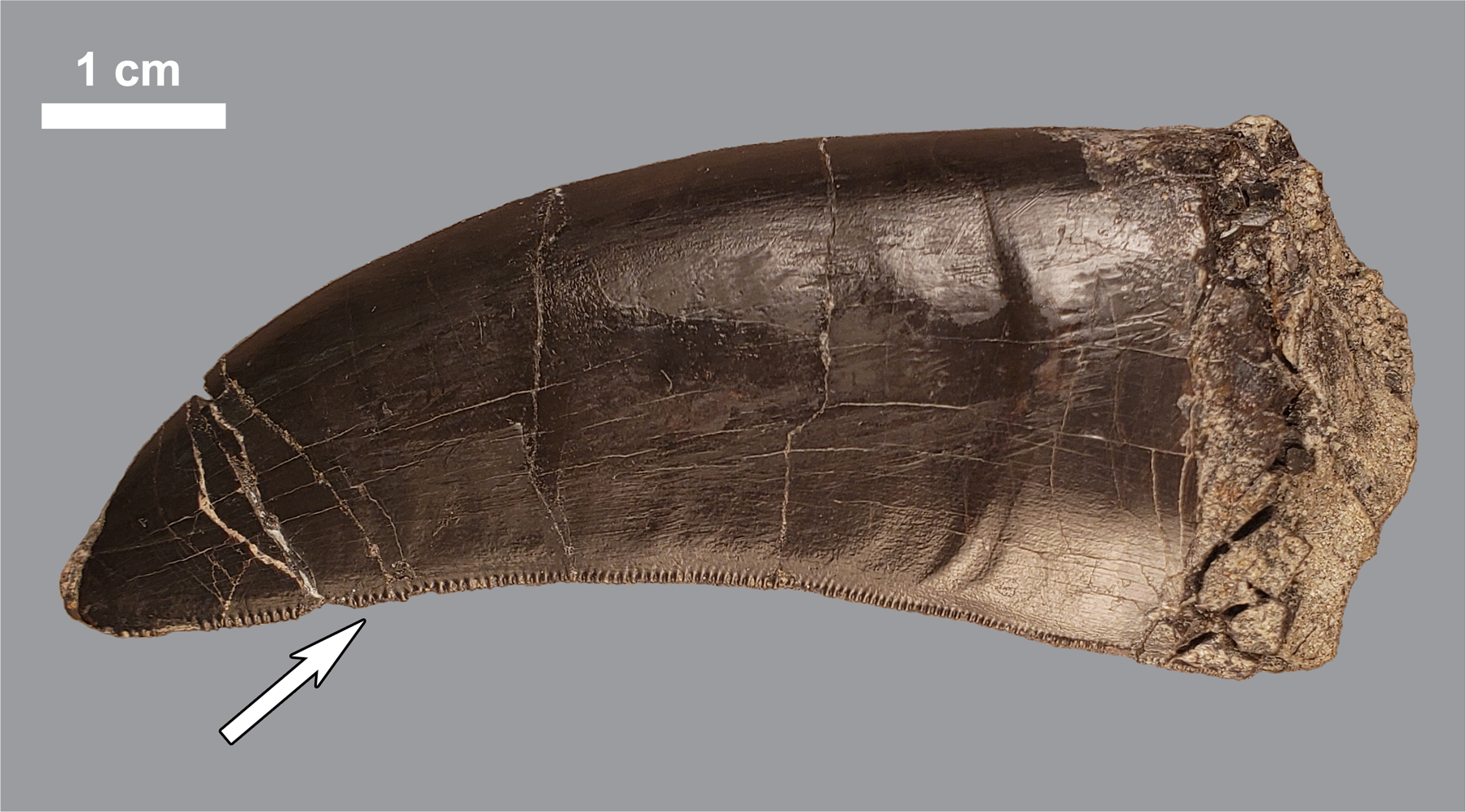Why did dinosaurs go extinct while other animals survived?
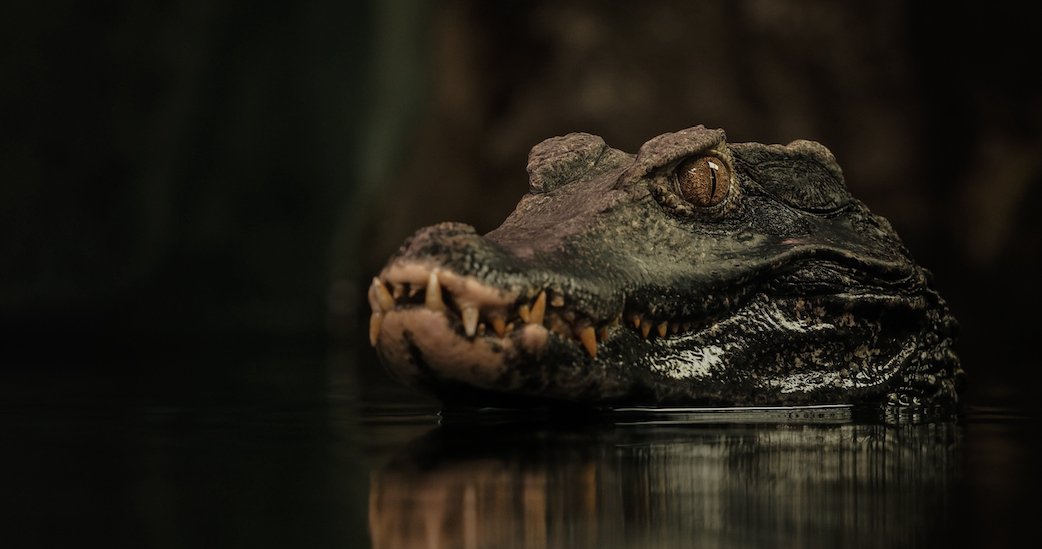
- Major extinction events from Earth’s ancient past are linked by the same mystery: Why did certain organisms die off while others survived?
- Two recent studies aimed to answer that question through different techniques, including isotopic analysis and machine learning.
- The research revealed several potential explanations for why certain animals survived extinction events, including seasonal factors and the levels of genetic variation within species.
About 65 million years ago, a massive asteroid slammed into Earth, darkening the sky and killing a large number of animals, including the dinosaurs. But for some reason, certain creatures survived, like mammals, crocodiles, birds, and turtles. Although shrouded in death, the catastrophe allowed the rise of mammals, resulting in a huge explosion of their diversity and number.
Similarly, 250 million years ago, the world saw the worst mass extinction event in history: the End-Permian Extinction. Also known as the Great Dying, the event was caused by a series of volcanic eruptions that killed off three-fourths of the animals on land, and even more in the oceans. But again, some animals survived.
These two events are linked by a mystery: In mass extinctions, why do some animals perish while others survive? Recently, two separate teams looked into these two extinction events to understand what allows a species to survive when the world is dying around them.
The end of the dinosaurs
To understand the extinction event that killed off the dinosaurs 65 million years ago, we first turn to the Tanis region of North Dakota.
Approximately 65 million years ago, the unfortunate fish in this estuary met an untimely end. Just 10 minutes after the Chicxulub asteroid hit the Yucatan peninsula, massive seismic waves buffeted the area, violently shaking the water. Unlike tsunamis, which are giant waves that come from a single point, the waves that hit the Tanis were like what happens to a swimming pool in an earthquake: the confined waters caused the waves to amplify. This caused the sediment at the bottom of the area to bury fish alive, as soon as one hour after the impact event.
Today, we see the results as pristinely preserved fish fossils — some even with soft tissue intact.
The fossils of these fish contained something fascinating: small spherules of melted glass and rock within their gills. These spherules are believed to have come from the impact itself. After the asteroid hit the Earth, it sent a shower of molten rock into the atmosphere, which then crystallized at high altitudes. It rained back down on the Earth like deadly precipitation. The presence of the spherules within the fish’s gills indicated that they were alive when the spherules penetrated their bodies.
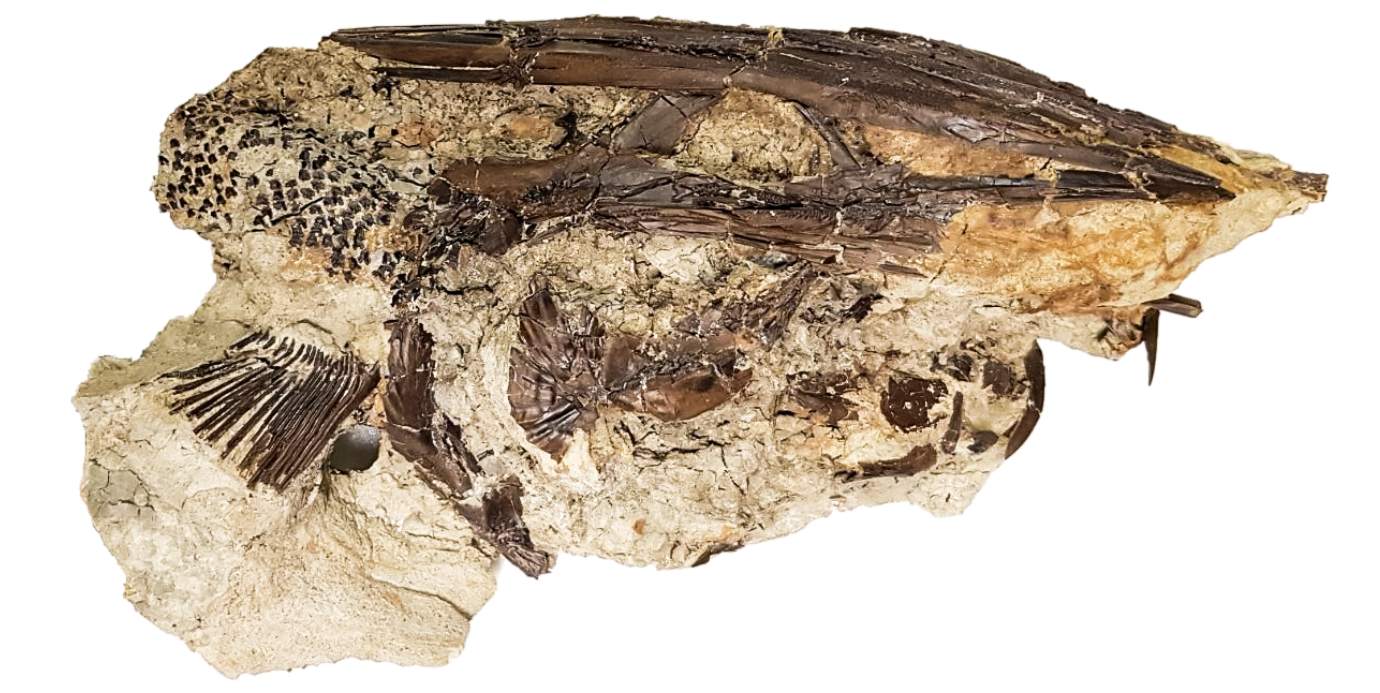
In 2017, Emeritus Professor Jan Smit was presenting his life’s work, which included research on these fish. This immediately drew the attention of a graduate student at Uppsala University, Melanie During. “I emailed Jan,” During told Big Think. “I told him that if they indeed have fishes that documented the final years of the Cretaceous — also known as the ‘gap’ as there are so few records of this time — then we could do isotopic analysis and reconstruct the end of the Cretaceous.”
During traveled to the Tanis region and collected specimens, which included the jawbones of paddlefish and the pectoral fin spines of sturgeons.
“I selected these bones specifically because I had learned that these grew very similar to how trees grow, adding a new layer every year, without remodeling,” During told Big Think.
Since these fish died so suddenly after the impact, During’s team was able to reconstruct the last moments of their lives. By analyzing “rings” formed each season within these bones, they were able to determine that these fish died in the springtime in the Northern Hemisphere. Carbon isotope testing supported this conclusion, indicating that zooplankton and other food sources were on the rise at the time of death. Their results were recently published in Nature.
While it’s still too early to draw conclusions, this may point to a clue as to why some animals died off while others survived. Springtime is a time of reproduction, birth, and growth. Combining this with certain gestational times means that this asteroid hit at the perfect time to give these animals a true death blow. On the other hand, animals in the Southern Hemisphere would have been preparing for winter. Planning for a cold season could have helped them survive. Indeed, from what has been seen so far, animals in the Southern Hemisphere appeared to have recovered twice as fast as their Northern Hemisphere counterparts.
“There is clear evidence that many of the ancestors to modern birds survived on the Southern Hemisphere, the same counts for many crocodiles and turtles,” During told Big Think. “There is also quite a bit of evidence for early mammals surviving in burrows in the Southern Hemisphere.”
However, we still have a ways to go before we can say this is why the Cretaceous-Paleogene extinction event was one of the most selective extinctions in the history of the planet. A major step is to obtain more fossils that were present in the Southern Hemisphere. “One of the biggest challenges is the difference in available data. There is a tremendous bias towards Northern Hemisphere localities, where a lot of fossil finds have been published over the last centuries, whereas data from the Southern Hemisphere are far fewer and with more spaces in between,” During said.
The world’s worst extinction event
Although the event that killed off the dinosaurs might be the most well-known extinction event, it wasn’t the worst. Some 250 million years ago, the End-Permian mass extinction killed off 75% of land-based organisms and 90% within the oceans. In fact, it almost ended life on Earth completely.
It was triggered by massive volcanic eruptions in Siberia. The release of greenhouse gasses led to an abrupt change in climate, increasing the temperature of the planet by 10 degrees Celsius. But again, some types of organisms survived while others perished.
To understand why, a team from the University of Hamburg led by Dr. William Foster used machine learning to look at similarities in species that survived. Using machine learning allowed the team to uncover connections that may have been previously missed, and those which lead to consistent interpretations. Their results recently appeared in the journal Paleobiology.
The team analyzed 25,000 fossil records from South China — organisms such as algae, bivalves, sponges, and snails. Their machine learning algorithm was able to determine what factors contributed to making a species more likely to go extinct.
Where organisms lived within the water column was one factor that contributed to their survival rate. In the shallow ocean, the increase in temperature would have been deadly for organisms, especially for those that were already living in water on the higher edge of their preferred temperatures. Deep within the ocean, the decrease in dissolved oxygen was the critical factor. But those organisms that were mobile could move to a depth or location that was more hospitable and ended up surviving.
Survival sometimes came down to simply the type of shell an animal had. Brachiopods are a good example. “Brachiopods that constructed their shell from apatite instead of calcite were less likely to go extinct,” Foster told Big Think. “We think this is because brachiopods that make their shell from calcite were more vulnerable to ocean acidification.” This trend continued over to other species as well.
Species that had a large variation within the species also preferentially survived, perhaps because greater genetic variety provided better tolerance to environmental changes.
These machine learning methods can be used to predict which species were more likely to go extinct in other extinction events, and they can even be used today. Currently, species are going extinct at a rate 1,000 times higher than the background rate, in what some people have called the Sixth Extinction. “If we can apply these methods to the modern [extinction], we could actually make predictions about the future of individual species,” Foster said. “The real advantage is that we wouldn’t need to study every single species, which is expensive and requires huge resources in funding and people hours. Instead the model would create a cost-effective way to make predictions.”

